If you live in the Woodstock, GA area, your lawn might contain warm-season grass. Since this grass type is accustomed to warm weather, preparing it for winter presents a unique challenge to local property owners. Should the cool weather catch your grass off guard, it could pose a health risk to your lawn.
The best course of action is to ease your warm-season grass into the winter season. You can do this by carrying out four specific tasks. Mow your lawn a tad higher than your typical mowing height, lime your lawn in the early fall, schedule your last fertilizer treatment to take place after the lime application, and adjust your regular watering schedule.
1. Mow Your Lawn High
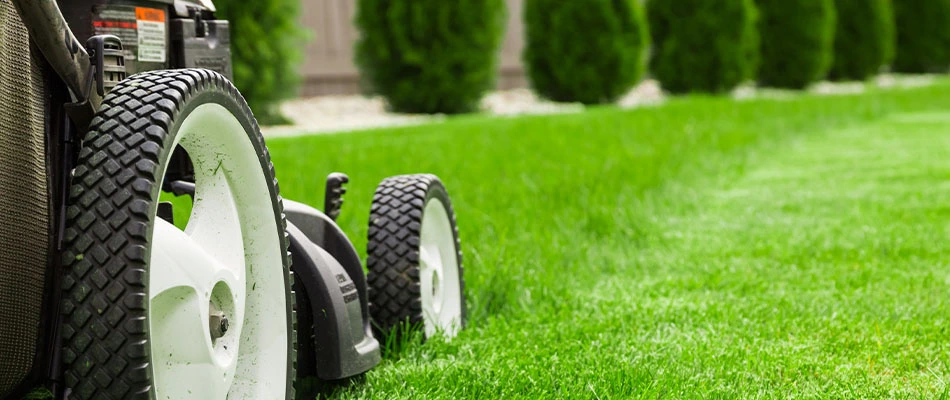
Cooler temperatures play a significant role in the maintenance of warm-season grass. Particularly, the fall temperatures expose your warm-season grass to stressors, such as cooler weather and lawn disease. You can address this by mowing your lawn roughly 1/2 inch higher than usual from early to mid-fall.
You should have your lawn care provider cut your lawn to roughly 1.5-2 inches tall for the final mow. This length is the sweet spot necessary to protect your warm-season grass throughout the winter.
2. Apply Lime before Your Last Fertilizer Treatment
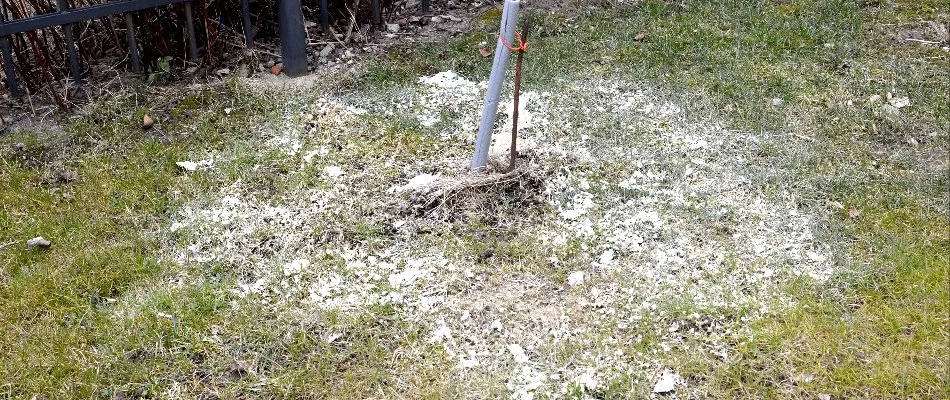
The soil in Georgia tends to skew more acidic than alkaline. Thus, lawns in the area may encounter weeds, develop yellow spots, or respond poorly to fertilizer. Lime treatments are often the answer to these challenges.
Since you're going to fertilize your lawn one last time before year-end, you might also want to schedule a lime treatment in the fall prior to the fertilizer application. Lawn care professionals often recommend doing so because lime treatments improve your lawn's ability to absorb the nutrients that fertilizer provides.
3. Schedule Your Last Fertilizer Treatment for Early Fall
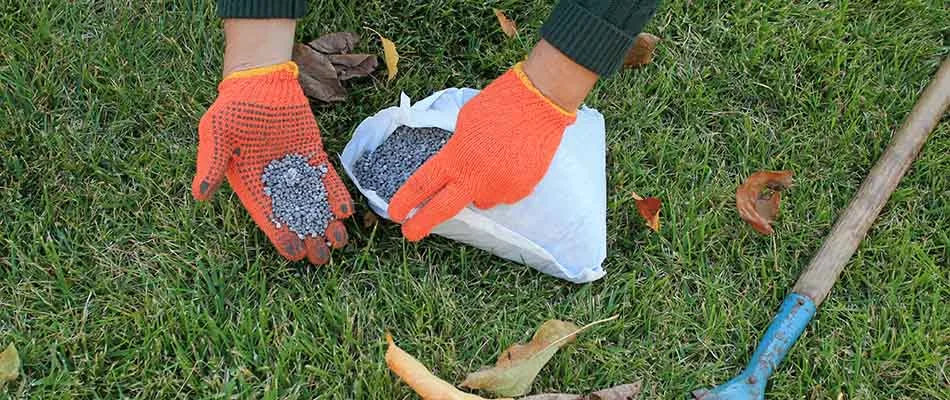
Warm-season grass types such as bermudagrass, zoysiagrass, and bahiagrass naturally go into winter dormancy once temperatures consistently remain below 65 degrees Fahrenheit. Thus, to work with the natural ebb and flow of your grass, most lawn care professionals recommend scheduling your final fertilizer treatment of the year for early fall between August and October.

Your final fertilizer treatment should be high in potassium and phosphorous to help your lawn fight disease throughout the winter.
4. Adjust Your Watering Schedule
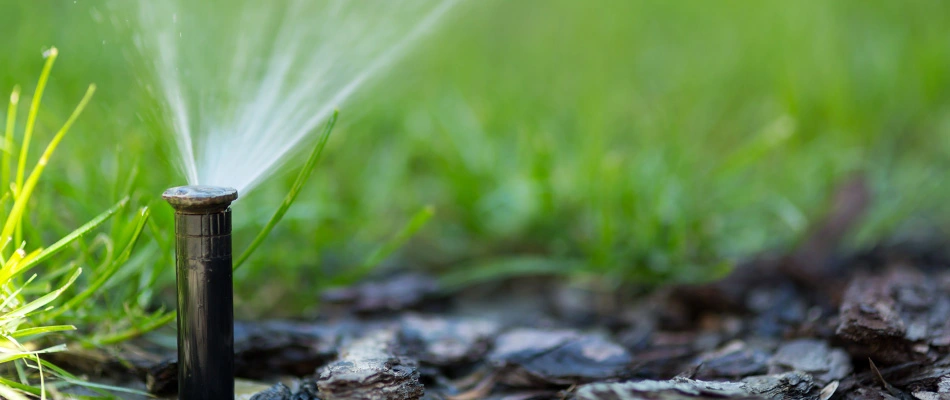
Here in the Woodstock, GA area, your warm-season grass should generally only receive an inch of water per week during the cooler months. This amount includes rainfall and irrigation.
Here's why your lawn needs less water during the winter:
- The cooler temperatures mean water evaporates more slowly, so less is required
- Your grass grows less in the fall and winter than during the summer
- Too much water during cool months could attract lawn disease
If you were on a daily sprinkler schedule through the summer, you should now adjust your watering schedule. From fall through spring, you can scale back to hand watering your lawn several times per week. The key is to make sure the water adds up to 1 inch.
Ease your warm-season grass into winter with our comprehensive lawn care services. Call us today!
Don't let your lawn go into winter without adequate preparation. We offer comprehensive lawn care services, including fertilization, lime treatments, aeration, insect control, weed control, and overseeding. As someone familiar with the north Georgia region, we're easy to work with and help residential, commercial, and HOA property owners.
If you're in Woodstock, Roswell, Alpharetta, or a nearby area in the north Georgia region, we'd love to help ease your warm-season grass into winter. Call us today at (833) 444-8873 to schedule our comprehensive lawn care services.

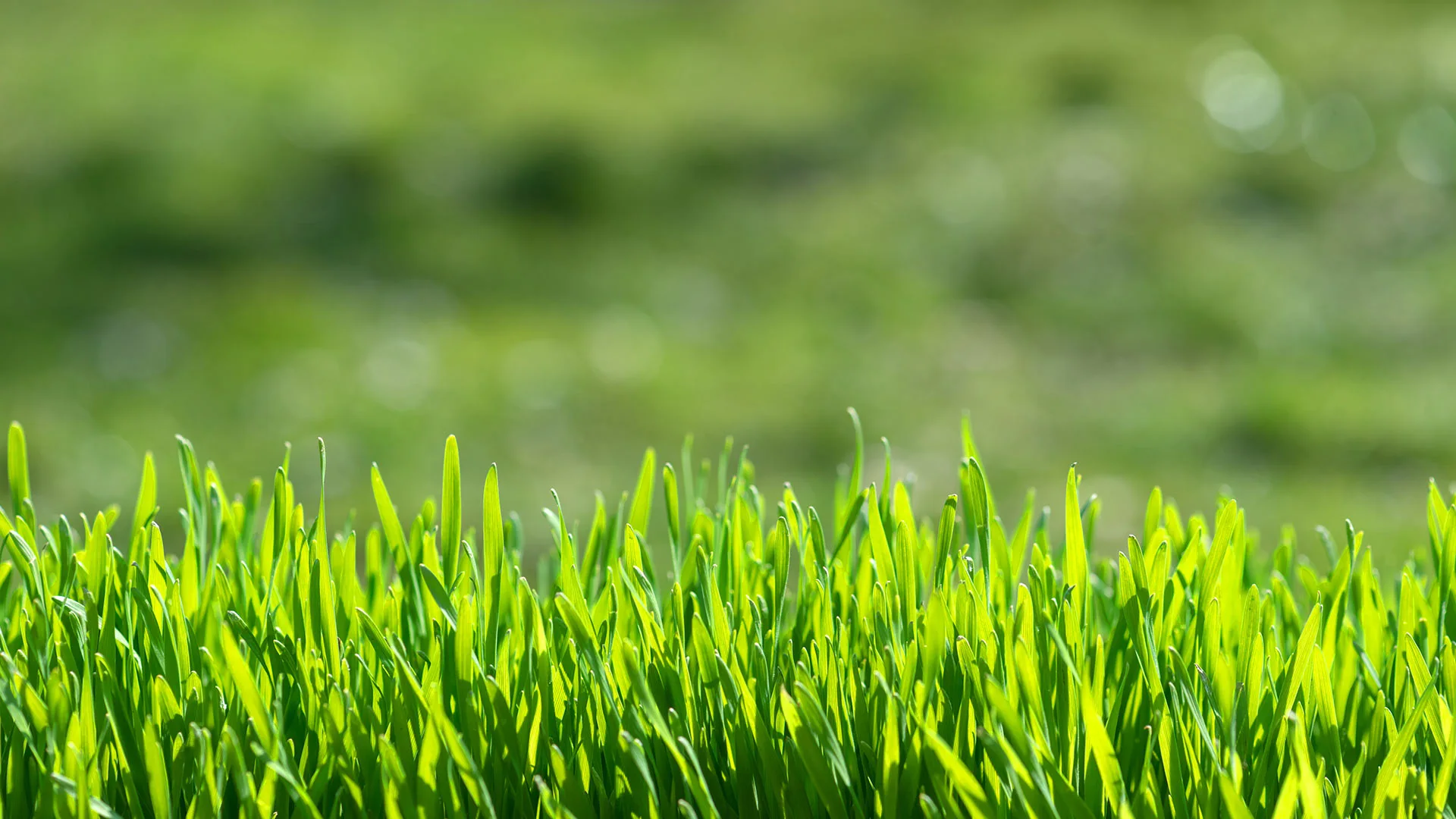
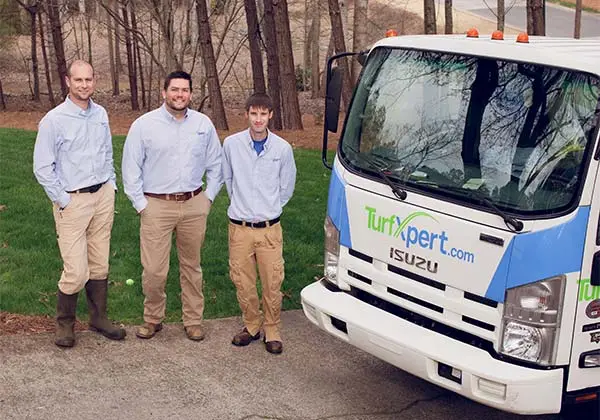

Comments (0)
Thanks for your comment!
Thanks for your feedback! Your comments have been successfully submitted! Please note, all comments require admin approval prior to display.
Error submitting comment!
There is a problem with your comment, please see below and try again.